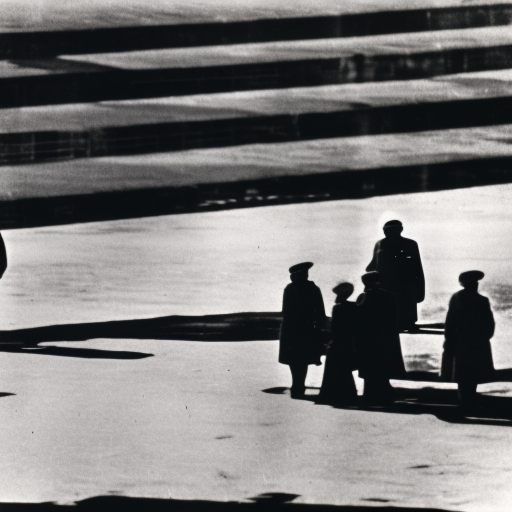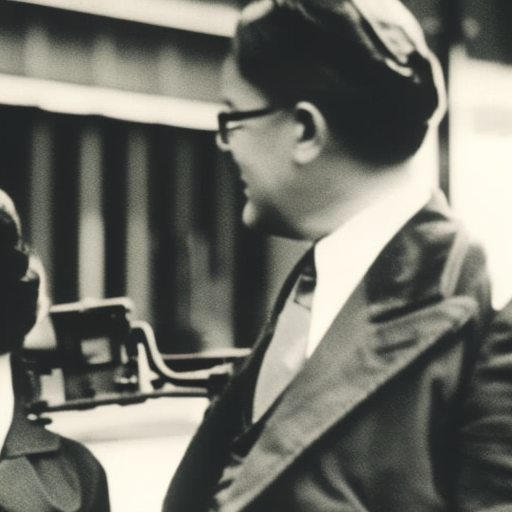The Brinkmanship during Cold War
The brinkmanship during the Cold War refers to the strategy employed by the United States and the Soviet Union to push each other to the edge of war without actually engaging in direct military conflict. This strategy was characterized by a willingness to take extreme risks and escalate tensions in order to gain an advantage over the other side.
During the early years of the Cold War, both the United States and the Soviet Union sought to expand their influence and control over other countries. This led to a series of proxy wars and conflicts, such as the Korean War and the Vietnam War, where the two superpowers supported opposing sides. However, neither side wanted to risk a direct confrontation that could potentially lead to a nuclear war.
Origins of Brinkmanship
The origins of brinkmanship can be traced back to the early years of the Cold War. The United States, under President Harry Truman, adopted a policy of containment, which aimed to prevent the spread of communism. This policy led to a series of confrontations with the Soviet Union, such as the Berlin Blockade and the Cuban Missile Crisis.
The Soviet Union, under Joseph Stalin, also pursued an aggressive foreign policy, seeking to expand its influence in Eastern Europe and Asia. This led to the division of Germany and the establishment of communist regimes in countries such as Poland, Hungary, and Czechoslovakia.
Key Features of Brinkmanship
Brinkmanship was characterized by several key features. First, both sides engaged in a nuclear arms race, constantly developing and stockpiling more powerful and advanced weapons. This created a sense of mutual deterrence, as neither side wanted to risk a nuclear war that could lead to mutual destruction.
Second, both the United States and the Soviet Union engaged in a series of proxy wars and conflicts, supporting opposing sides in countries such as Korea, Vietnam, and Afghanistan. These conflicts allowed the superpowers to test their military capabilities and gain an advantage over the other side without directly engaging in a full-scale war.
Third, both sides engaged in a series of diplomatic maneuvers and negotiations, often using the threat of military force to gain concessions from the other side. This was particularly evident during the Cuban Missile Crisis, when the United States and the Soviet Union came dangerously close to nuclear war before reaching a diplomatic solution.
Impact of Brinkmanship
The strategy of brinkmanship had a significant impact on the course of the Cold War. On one hand, it helped prevent a direct military confrontation between the United States and the Soviet Union, which could have resulted in a catastrophic nuclear war. The constant threat of escalation forced both sides to exercise caution and seek diplomatic solutions to their conflicts.
On the other hand, brinkmanship also contributed to a heightened sense of tension and insecurity during the Cold War. The constant risk of nuclear war created a climate of fear and uncertainty, as both sides were aware of the devastating consequences of a nuclear conflict. This led to a series of arms control agreements, such as the Strategic Arms Limitation Talks (SALT), aimed at reducing the risk of accidental war.
In conclusion, the brinkmanship during the Cold War was a strategy employed by the United States and the Soviet Union to push each other to the edge of war without actually engaging in direct military conflict. This strategy was characterized by a willingness to take extreme risks and escalate tensions in order to gain an advantage over the other side. While it helped prevent a direct military confrontation, it also contributed to a heightened sense of tension and insecurity during the Cold War.












